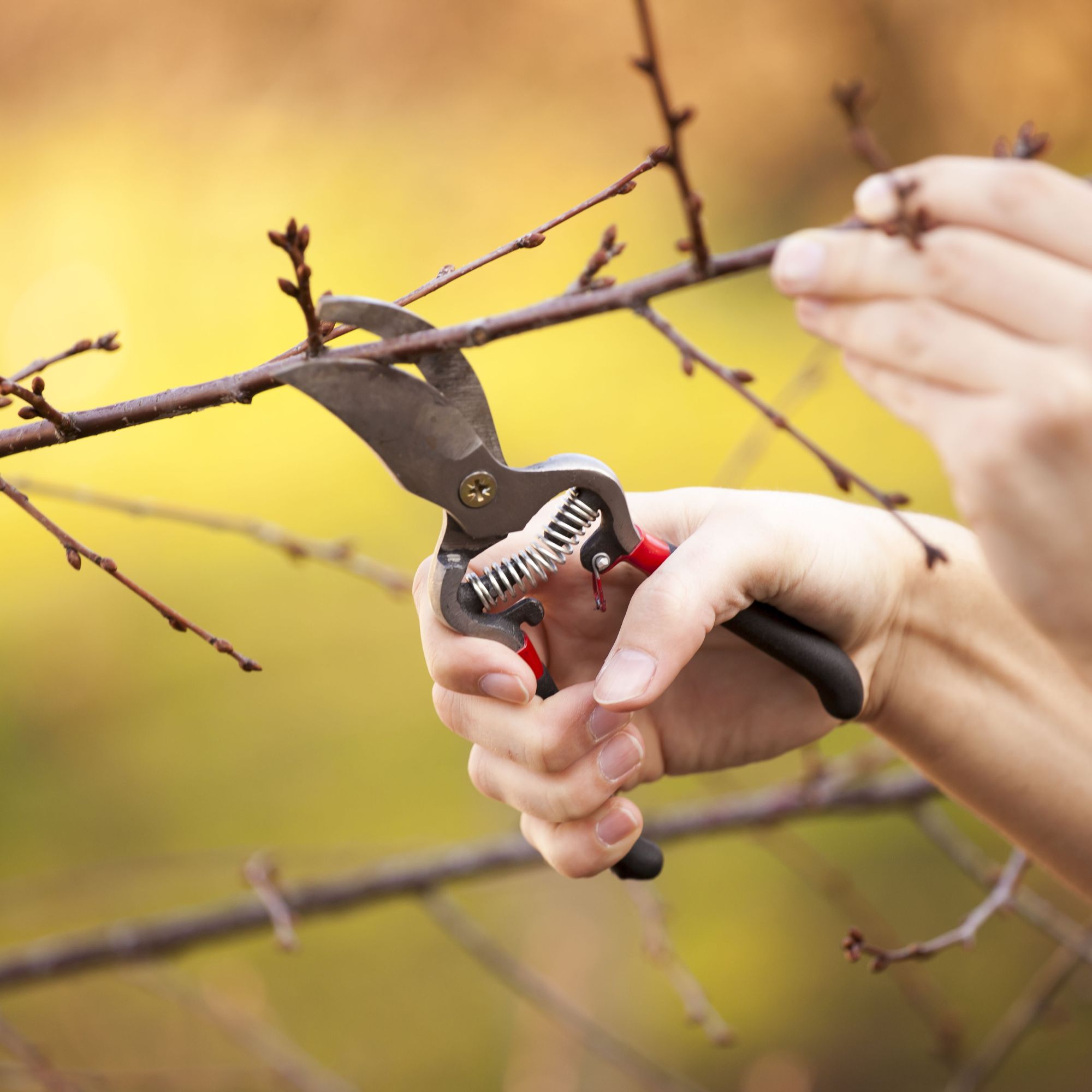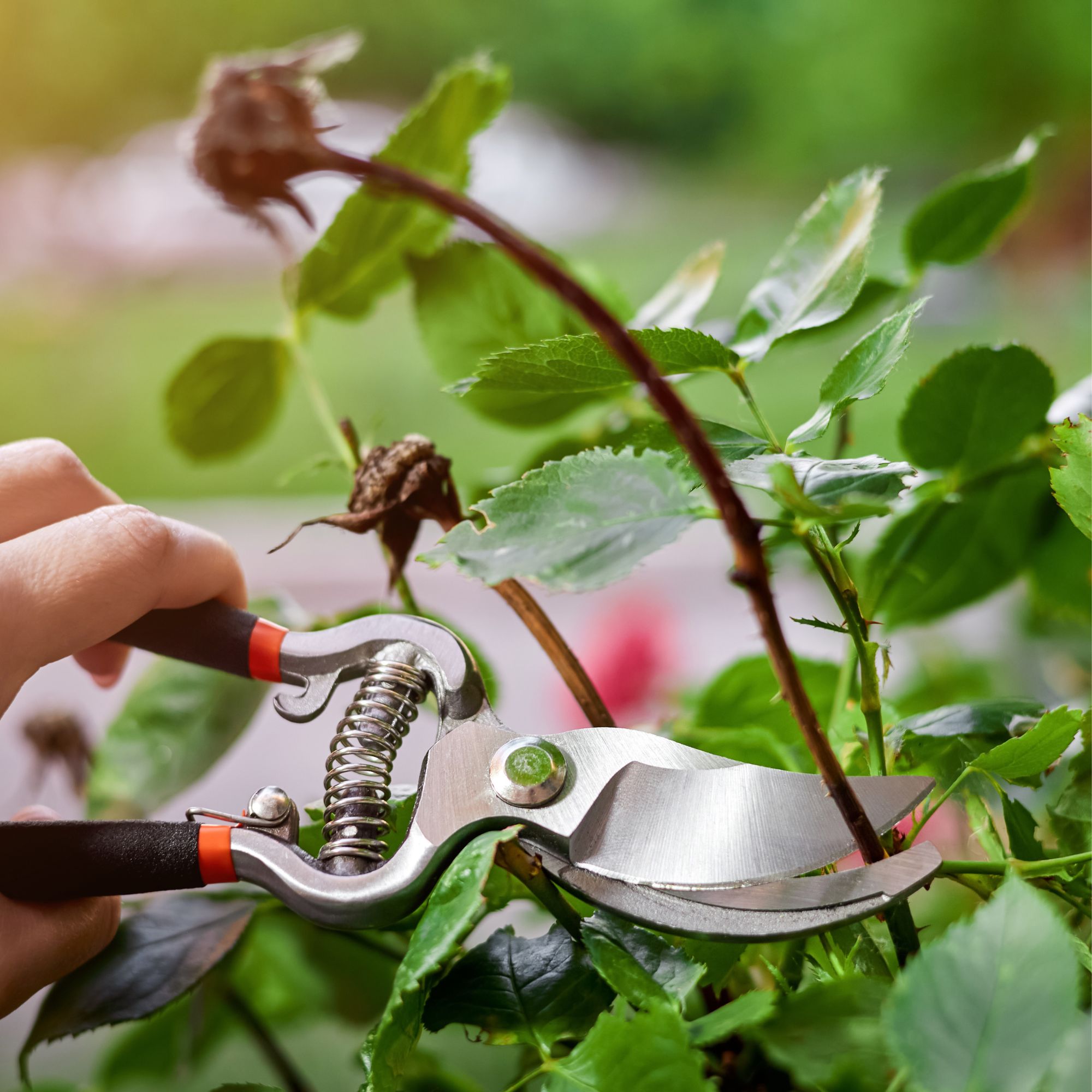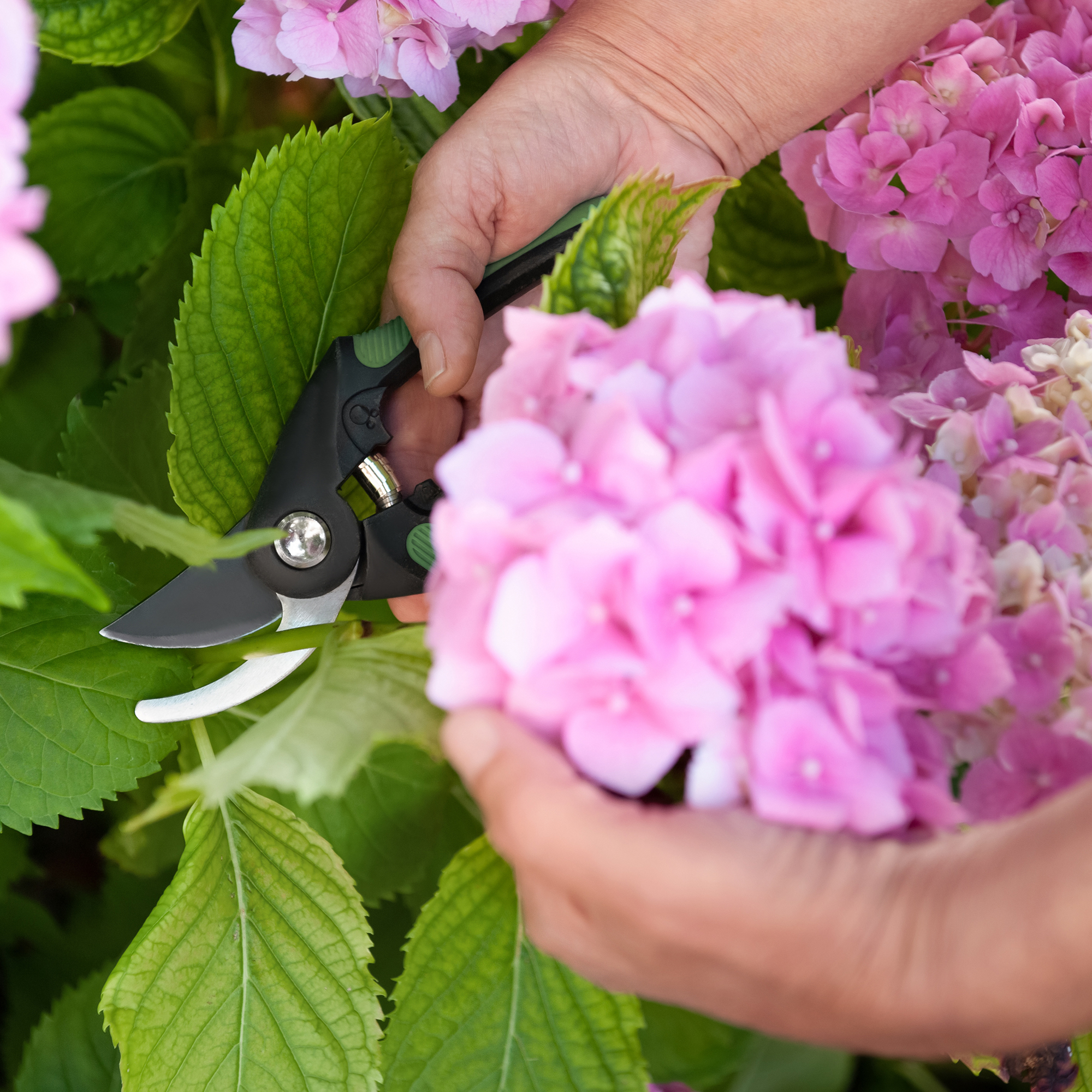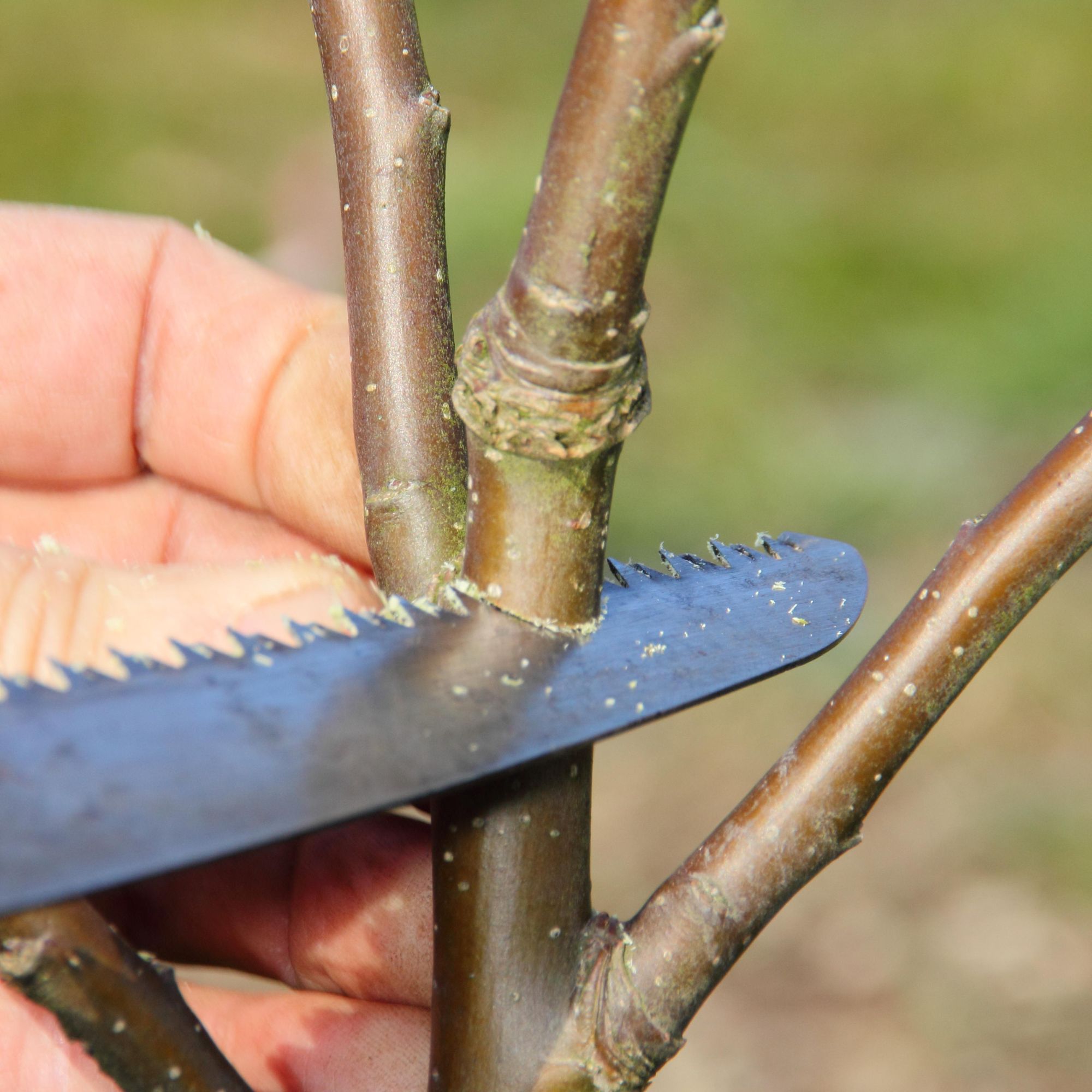
Knowing the difference between pruning and deadheading is an essential part of gardening. While there are some similarities – both involving cutting the plant – they are distinctly different and usually done at different times of the year.
For example, pruning roses involves cutting the stems – especially those that cross each other or are dead – whereas deadheading roses sees the old flowers cut off before they turn into rosehips.
Establishing the difference between pruning and deadheading and the different tools requires a little gardening know-how but once you've got it figured out, your garden will thank you with healthy plants and beautiful shrubs.

What is the difference between pruning and deadheading?
Simply put, deadheading – as the name suggests – involves removing the dead flowerheads from the plant. This will keep the plant looking attractive, prevent disease and, in some cases, encourage a second blooming.
'To remove the spent flower you should cut it away from the stem directly above the node or growing joint,' explains Lucie Bradley from Two Wests & Eliot. Guidance for deadheading varies from plant to plant, so it is worth researching the specifics such as how to deadhead geraniums, hydrangeas and dahlias separately.
Pruning on the other hand involves cutting back stems and branches to promote new growth and to contain the size and shape of the plant.
While it is easy to see when to deadhead perennials – the flowers will be wilted and dropping petals – it can be harder to know when to prune. Some plants such as evergreen shrubs benefit from pruning in April, others like fruit trees need to be pruned in November.

Do all plants need pruning and deadheading?
Now you know the difference between pruning and deadheading, it's also important to note that not all plants need deadheading or pruning.
Plants such as Honesty, Hydrangea and Love-in-the-mist have beautiful seedheads that will provide valuable interest to the winter garden – these will not be able to be appreciated if the flowers are removed after blooming. For the same reason, you shouldn't deadhead any plants from which you plan to harvest fruit or seeds – these can only be produced if the flowerhead remains intact.
Not all plants require pruning either. Lots of trees and shrubs will only need pruning once they have reached the desired size – this can take many years. There are also some plants such as Veronica and Cistus (one of the best evergreen plants for pots) that don't need pruning at all.

What tools do you need for pruning and deadheading?
One of the main differences between pruning and deadheading is the tools you need.
Secateurs are great for deadheading and it's likely you already have a pair – if you don't these Grüntek ones from Amazon are great – while snips – like these Spear & Jackson from Amazon – will give you a more precise snip.
Pruning, on the other hand, is likely to need more substantial tools. 'Prune old stems or dead branches with Bypass Secateurs and remove any crowded or weak shoots, either by hand or with garden shears. Remove the oldest and largest branches from the hedge – you may have to use a Pruning Saw for any particularly hardy stems,' advises Steve Swanborough from Henchman.
Whether pruning or deadheading, it is vital that you clean your garden tools as a way to prevent infection in the plant.
FAQs
What is deadheading?
Deadheading is the process whereby you cut spent flowers off your shrub to promote more growth or more flowers. It is different to pruning where the branches and stems are cut to control the size, shape and health of the plant.
What happens if you don't deadhead?
If you don't deadhead your plants the petals will fall off and the plant's seeds will start to develop. In some cases this is desired – such as with poppies or strawberries – whereas for others it will prevent more flowers from blooming – as is the case with sweet peas.







